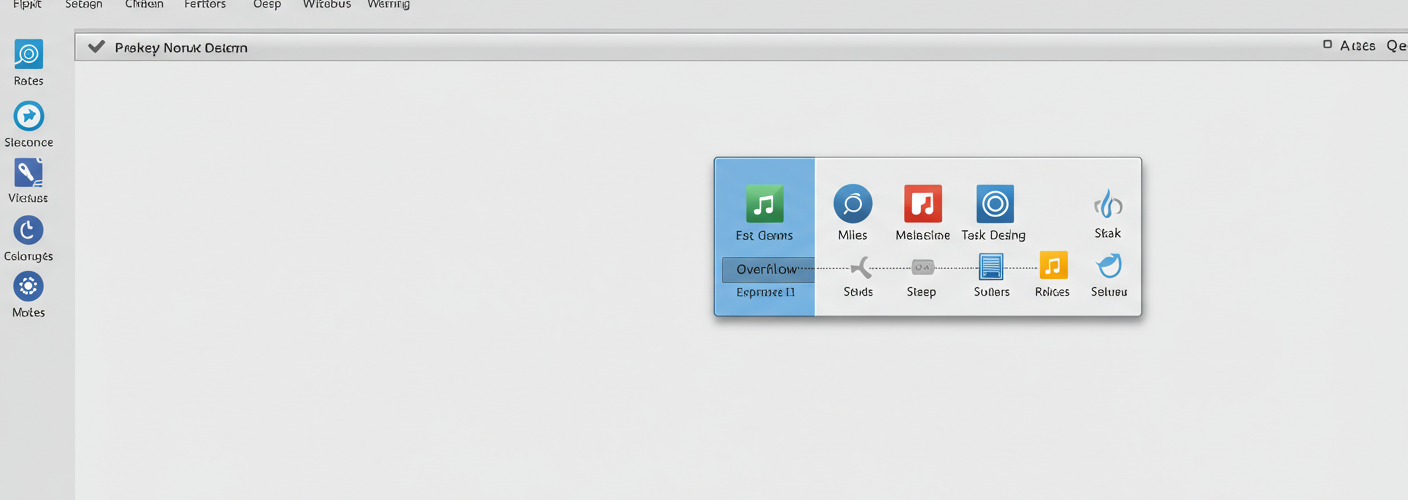Keeping Your Windows 11 Installation: What You Need to Know
If you have Windows 11 KB5063878 installed and are not experiencing any technical issues, you may wonder whether it’s advisable to keep it. In general, if everything runs smoothly and you are satisfied with your current setup, there’s little reason to worry. Here’s a breakdown of what to consider when deciding whether to continue with your current version.
Stability and Performance
First and foremost, the stability and performance of your Windows 11 installation are paramount. As you mentioned, you haven’t encountered any problems so far. This can be attributed to having compatible hardware, the absence of bugs, and satisfactory overall system performance. If your applications run fine and your system responds well, you can likely continue using your current version without issue. However, staying informed about any potential updates or security patches is crucial for long-term stability.
When to Consider Updates
If you receive notifications regarding updates—especially critical security patches—it is usually a good idea to apply those. However, if you’re questioning whether to keep your current version or revert to a previous one, pay attention to specific KB (Knowledge Base) updates that have been reported to cause problems. Uninstalling or rolling back certain KB updates might resolve compatibility issues without forcing you to downgrade your entire operating system.
To uninstall a specific KB update, you can navigate to Settings > Update & Security > Windows Update and then select View update history. From there, you can check for any problematic updates that may need removal. If you identify one that seems related to your concerns, you can choose to uninstall it from the Uninstall updates section.
Avoiding Potential Issues
While it’s understandable to be cautious, especially if you’re new to Windows 11, there are specific types of programs or activities you may wish to avoid until you feel more comfortable. Here are a few guidelines:
- Avoid Installing Beta Software: If you’re nervous about the stability of your system, steer clear of beta or experimental software. These programs can introduce instability to an otherwise functioning operating system.
- Limit Gaming Until Confident: Since you mentioned you haven’t booted any games so far, it may be wise to continue this approach for now. Ensure you have a stable version of your graphics drivers and wait until you feel more assured before testing any games.
- Backup Regularly: Regardless of your current satisfaction with Windows 11, regular backups are essential. This precaution can save you a lot of trouble if any issues arise later on. Use built-in tools or third-party software to maintain backups of your important files.
- Keep a Watchful Eye on Performance: Maintain awareness of any unusual system behavior. Slowdowns, crashes, or unexpected behavior could be signs that something is amiss. Keeping your drivers up-to-date and monitoring system performance can help ensure smoother usage.
Conclusion
If your current Windows 11 KB5063878 installation is working well for you, there is generally no need to rush into changes or updates. However, stay informed about the latest updates, and be ready to address any problematic KB updates should they arise. By following best practices and exercising caution with new installations, you can maintain a stable and reliable computing experience while using Windows 11.





Add comment